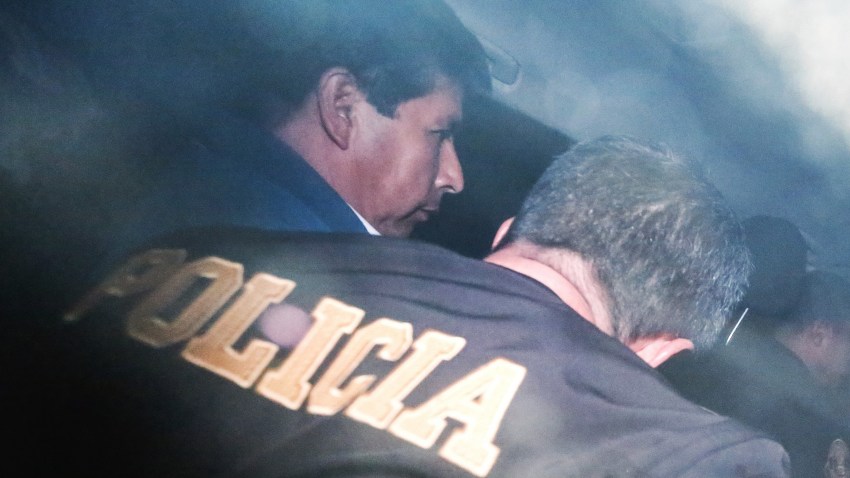If Pedro Castillo’s narrative arc as Peruvian president had been in the hands of a Hollywood screenwriter, there are many directions it might have taken. As an outsider and almost accidental president, Castillo could have been portrayed as a heroic champion, leading Peru’s poor and marginalized rural communities in their fight for dignity and justice. Alternatively, he might have been cast as a tragic hero who tries valiantly but vainly to overcome the entrenched and privileged elites aligned against him and his followers. A darker storyline might have seen Castillo corrupted by the forces he sought to defeat, becoming the very thing he claimed to hate most. And of course, there would always be the temptation to milk the comic element inherent to every “fish out of water” plot.
The reality of Castillo’s 16 months in office would probably best be conveyed through a combination of all those tropes. A schoolteacher from a rural peasant background who gained prominence leading a teachers’ strike in a peripheral area of Peru, the far-left Castillo mysteriously and miraculously surged to finish atop the first round of the country’s 2021 presidential election. He then narrowly defeated the far-right Keiko Fujimori in the subsequent run-off round to become the country’s fourth president in three years.
His victory was a symptom of the country’s political instability. Every one of Peru’s recent former presidents had been arrested or charged with corruption, with one of them committing suicide to avoid arrest. Two of Castillo’s predecessors were either impeached or resigned to avoid impeachment. And if Castillo won against Fujimori—the daughter of the country’s former dictator, Alberto Fujimori—it was as much a rejection of her far-right populism than an endorsement of his own far-left version.

